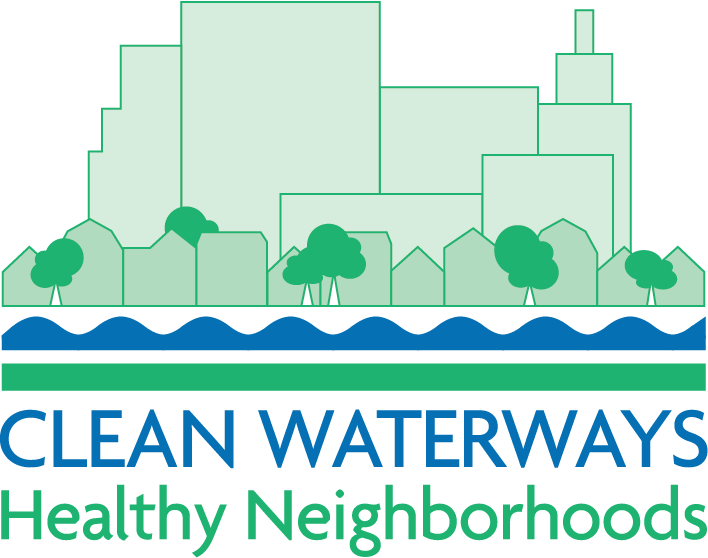Clean Water Act, National Pollutant Discharge Elimination System, and the National Combined Sewer Overflow Control Policy
The Federal Water Pollution Control Act, commonly known today as the Clean Water Act (CWA), prohibits the discharge of pollutants from a point source into navigable waters unless authorized by permit. The National Pollutant Discharge Elimination System (NPDES) was created in 1972 as the program that issues and enforces these permits. All communities with combined sewer systems must be permitted under the NPDES.
In 1994, the United States Environmental Protection Agency (EPA) issued the CSO Control Policy to guide these communities toward satisfying the requirements of the CWA. This policy aims to control discharges from CSOs, mitigate their harmful effects, and establish Long Term Control Plans (LTCP) to reduce or eliminate them altogether. The policy provides NPDES permit holders and regulators with a consistent framework for the planning and selection of CSO controls, and establishes approaches that can be taken to meet the requirements of the CWA. Subsequently, EPA released several guidance documents including the 1995 Guidance for Long-Term Control Plan.
For more information, please see the EPA NPDES Combined Sewer Overflows website.
New Jersey Pollutant Discharge Elimination System
In New Jersey, the NPDES program is administered by the New Jersey Department of Environmental Protection (NJDEP) Division of Water Quality through the NJPDES. Through the NJPDES program, CSO permittees throughout the State have eliminated 64 outfalls, implemented operation and maintenance programs, performed monitoring and modeling, prepared various studies to characterize the collection systems and CSO discharges, and developed CSO control feasibility studies.
On July 1, 2015, individual NJPDES Combined Sewer Management (CSM) permits went into effect for the owners of the 21 combined sewer systems in the State as well as an additional 4 publicly owned treatment works (POTWs) that service these combined sewer systems. Throughout the U.S., permittees generally own the entire collection system. This does not hold true for parts of New Jersey where ownership of the collection system, regulators, and CSO outfalls may be divided among the municipality, local municipal utilities authority, and the POTW. The NJPDES individual CSM permits require the permittees within the nine hydraulically connected systems to work together to develop a single cohesive LTCP. The Clean Waterways Healthy Neighborhoods collaborative includes the 10 permittees within the the PVSC and NBMUA Woodcliff POTW service areas.
The NJPDES individual CSM permits included a series of required deliverables, including:
July 1, 2018
System Characterization Report
Public Participation Process Report
Compliance Monitoring Program Report
Consideration of Sensitive Areas Plan
July 1, 2019
Development and Evaluation of Alternatives Report
June 1, 2020
Selection and Implementation of Alternatives Report in the Final LTCP
For more information, please see the PVSC and NJDEP Combined Sewer Overflow websites.
Ambient Water Quality Monitoring Program
The New Jersey Harbor Dischargers Group (NJHDG) is a consortium of nine sewerage agencies, representing eleven wastewater treatment plants in northeastern New Jersey, which all discharge their treated effluents to the waters of the New York/New Jersey Harbor Estuary. The NJHDG was formed in 1992 to jointly fund studies related to the water quality of the NY/NJ Harbor Estuary.
In 2003, the NJHDG initiated a Long-Term Ambient Water Quality Monitoring Program for the NJ portion of the NY/NJ Harbor Estuary. The main objective of the NJHDG program is to develop a comprehensive database on the existing water quality of the NY/NJ Harbor by routinely and extensively monitoring the waters of the Passaic River, Hackensack River, Newark Bay, Arthur Kill, Raritan River, Raritan Bay, and the Hudson River.
For more information visit the NJHDG Ambient Water Quality Monitoring Program website.


